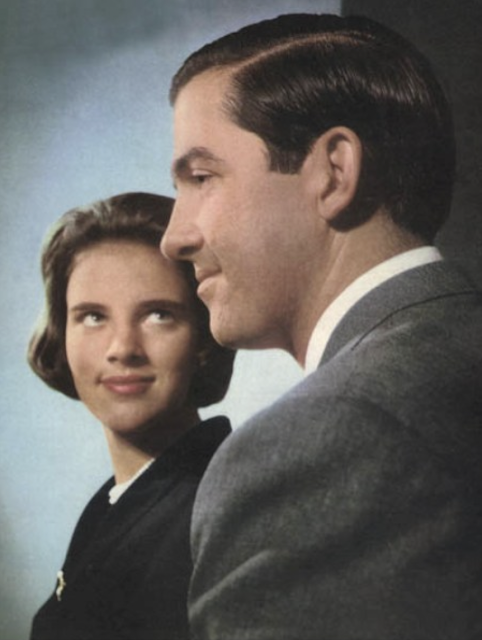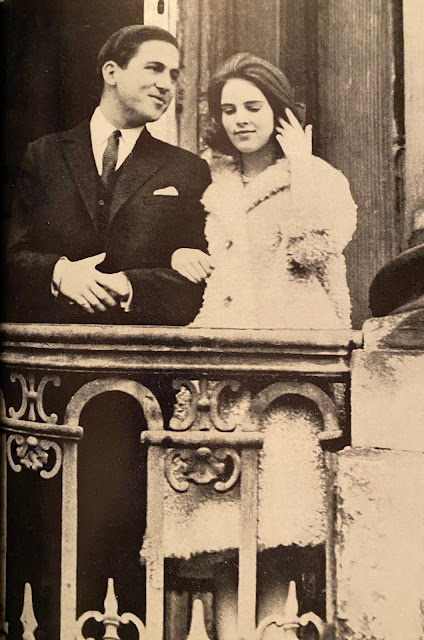 |
| Crown Prince Pavlos of Greece. |
During today's funeral service for King Constantine II of the Hellenes, his eldest son and heir Crown Prince Pavlos of Greece delivered a very moving eulogy to his father. The crown prince spoke first in Greek and then in English for the international guests in the Metropolitan Cathedral of Athens. The following is a transcript of his English-language remarks:
Dear Papa, Constantine, Your Majesty, Grandfather, Olympic Champion,For your dear Queen, our Mother, for us the children, your grandchildren, and for all those come who together on this day to say farewell to you for the last time, and for all those who honor your memory, and for all those [for whom] it is not possible to be here today.My father, this is not the end. You shall always live in our minds and hearts, as it happens in every Greek family when they lose the dearest and most precious figure in their life.At a very young age, you lost your father, King Pavlos, my grandfather; however, you always remained loyal to the legacy that he conveyed to you. When at the age of eighteen, you became Crown Prince of Greece and received your commission as an officer in glorified Greek armed forces. His advice to you, and this was very dear to you, and I quote: 'Devote your life to the happiness of the Motherland for it is the most noble, remarkable mission. Always remember that it is better for the king to suffer and not for the people or the country. You are the guardian and protector of your Church.' This is the legacy my grandfather left to you. That [legacy] has now passed to myself, my brothers, your grandchildren, and we will protect it and honour it for the rest of our lives.As an Olympian, you honoured your country by winning the gold medal for the 1960 Olympic Games, you brought honour to the blue and white flag of Greece and to our homeland. Your victory was a feat of tactical and physical endurance on the sea that you navigated and your close dedicated crew towards an ultimate victory.It was a truly challenging era when you ascended the throne, dear Father. Hard conflicts, opposite passions, and the results that no one wished for. From the very first moment, you tried to overthrow the coup, your efforts did not come to a successful result. Yet you did not wish that your presence in Greece would provoke a bloodshed. Always loyal to the legacy your father had given to you and respectfully accepted this decision of the Greek people.Your love for youth, education, and international sport has been constant. You formed the Hellenic College of London, the international school organisation of Round Square, as well as active participation in the International Olympic Committee and the World Sailing Federation. Your relationship with the International Olympic Committee led to our 2004 Olympics held here in Greece which was one of your greatest feats.Family was a core value to you and our mother. It has always been your strong belief that it is the foundation of society. Together, you created a large family, inseparably united by love for each other and a sense of duty for the country. By the grace of God, you drew your last breath in our country, which you always loved above all else throughout your life.On this day, we, your children, your grandchildren, we are the future of your family here in our land and around the world, are ready, as you have always been, to offer to Greece whatever the country asks of us.My strength is in the love of the people. This has always been the motto and guiding principle of our family. For us, and for all Greeks, the strength of the country lies in the love of the Greek people for their homeland. We, as you dear Papa, always love Hellas and its people.Safe journey!



















































